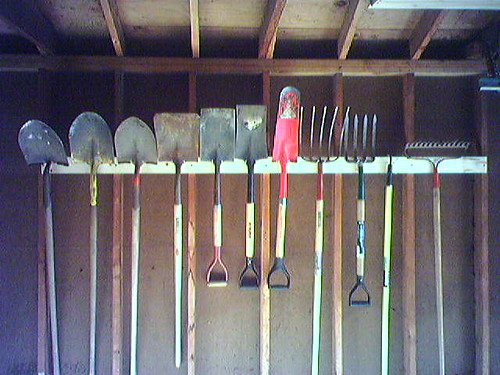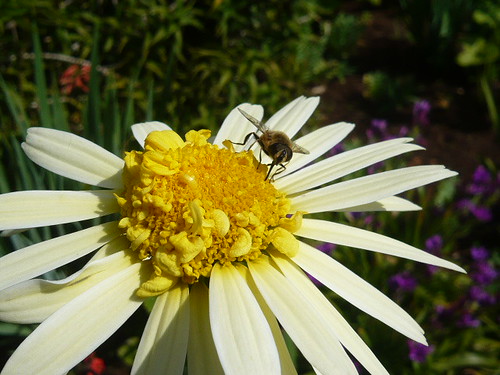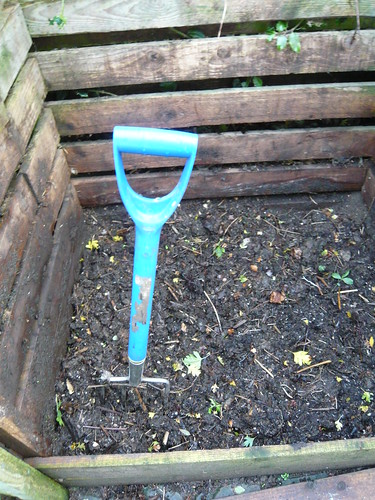Storing Garden Tools
Old tools need venerating and some have become real collectors pieces. Some of these older spades have had new shafts fitted and I know of some really old tools that have had several new handles and 3 new blades!
It is a sharp idea to look after good quality tools.
When I say hang up your garden tools I do not mean you should stop gardening, quite the opposite. You will get more gardening completed if you can find the right tool, in the right place, at the right time. Hence my quick selection of ways to hang up your garden tools from a range of photographer-gardeners.
When I say hang up your garden tools I do not mean you should stop gardening, quite the opposite.
You will get more gardening jobs done if you can find the right tool, in the right place, at the right time. Hence my quick selection of ways to hang up your garden tools from a range of photographer-gardeners.
The DIY model has much to commend it. You can tailor to fit your shed, garage or work space. You can vary height and inter tool spacing and use your own design flair.
I like the string through the handle method rather than the nail in the wall style.
Well stored tools should not be damaged as easily as those thrown into a box or drawer at random.
It is easier to see which tools need oiling, cleaning, sharpening or repairing.
Unfortunately it looks like someone has hung up their garden tools and left them to the spiders and their webs.
Credits
Tools Of The Trade by Barefoot In Florida CC BY 2.0
Gardening Tools, Chandos Lake, 2009-07-19 by Open Texture CC BY-NC-SA 2.0
tool rack by robotson CC BY-NC 2.0

































